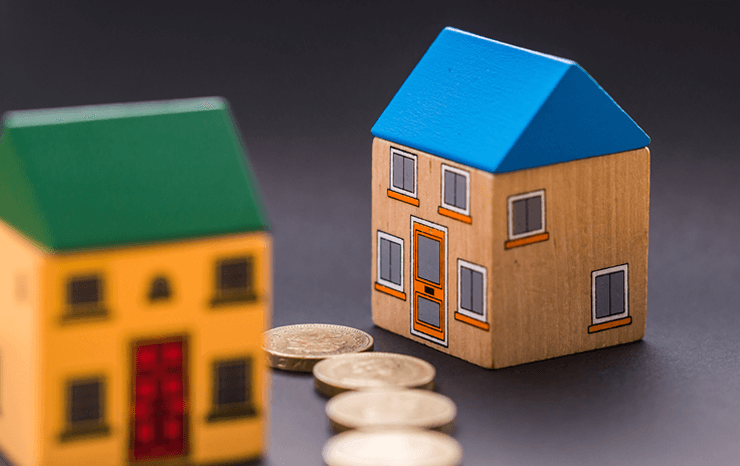Despite the Bank of England’s Monetary Policy Committee leaving the base rate unchanged again this month, mortgage affordability has improved since the start of the year, with many lenders reducing their fixed rate mortgage deals. This has helped fuel demand for property, pushing prices to just below where they were this time last year. The price of a typical home in the UK now stands at £257,656, the building society said.
Robert Gardner, chief economist at Nationwide commented: “There have been some encouraging signs for potential buyers recently with mortgage rates continuing to trend down. This follows a shift in view amongst investors around the future path of Bank Rate, with investors becoming more optimistic that the Bank of England will lower rates in the years ahead.
“These shifts are important as this led to a decline in the longer-term interest rates (swap rates) that underpin mortgage pricing around the turn of the year. However, the partial reversal in recent weeks in response to stronger than expected inflation and activity data cautions that the interest rate outlook remains highly uncertain.”
Emerging optimism
The building society pointed to the most recent survey from the Royal Institution of Chartered Surveyors (RICS), which shows the decline in new buyer enquiries has halted, as another indicator of a more positive outlook. There are also signs that the number of properties coming onto the market has increased.Although the property market has started the year on a more upbeat note, mortgage rates still need to fall further to help reduce the affordability pressures that many buyers face. “At the end of 2023, a borrower earning the average UK income and buying a typical first-time buyer property with a 20% deposit had a monthly mortgage payment equivalent to 38% of take-home pay – well above the long run average of 30%,” said Mr Gardner.
"If average mortgage rates were to trend down to 4%, this would ease the mortgage payments burden to 34% of take-home pay (assuming house prices and earnings are unchanged). However, other things equal, mortgage rates of 3% (still well above the lows seen in the wake of the pandemic) would be needed to bring this measure of affordability back towards its long run average.”
Pressures most acute in the South
Affordability pressures are highest in London, the South East and East Anglia, the building society said, with only those with incomes that are much higher than regional averages usually able to afford a property.Affordability is less stretched in areas such as Yorkshire and the Humber and the North East, where first-time buyer incomes are much closer to regional averages. Only in Northern Ireland and Scotland are first-time buyer average incomes slightly lower than average incomes.

